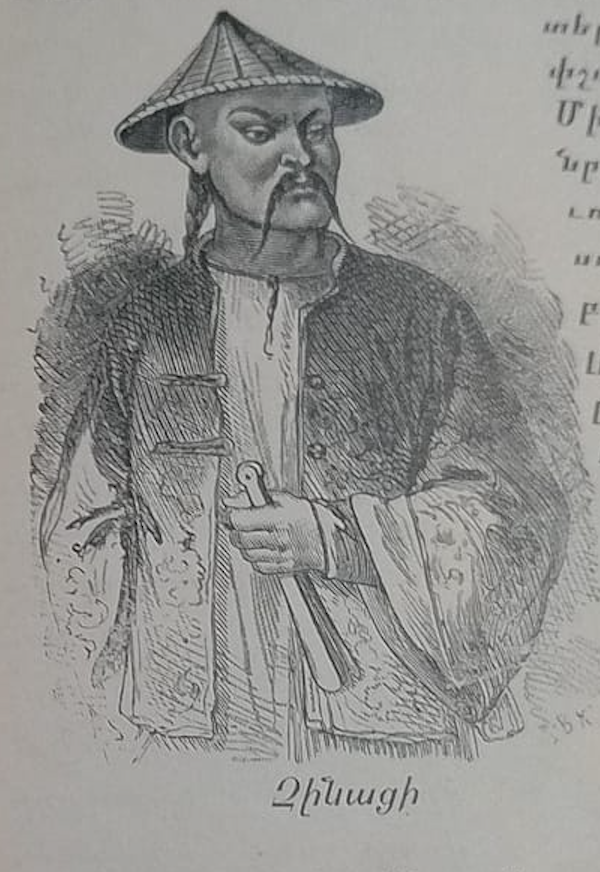
The cross-cultural function and aesthetisicm of Chinese foldable screens
The Chinese folding screens made their way to Europe as early as the 17th century, being popular in Europe ever since, and being considered artifacts of exotic or Oriental culture.
Records show that around 1700, the British East India Company imported three shiploads of cargo from the southern port city of Guangzhou, including lacquer screens, cabinets, and beds.
Moreover, the English writer William Somerset Maugham wrote on one of the Chinese screens, describing his travel life in China, first published in 1922.
It’s worth mentioning that Madame de Pompadour, the beloved mistress of King Louise XV of France, used to collect the screens as well.
As some experts put it, in the late 17th century, merchants from Anhui province used to transport screens to the coastal regions of Guangdong and Fujian, where those exquisite pieces of furniture were then exported to Europe. Guangzhou, now the capital of Guangdong province, was being regarded as the significant point of the supply chain, a place where the screens were shipped, lacquer was applied, and often even the painting was accomplished.
Most of the wares exported to Europe were black with gold-traced paintings. After reaching their destination, the screens were transformed as requested by patrons, some of them- dismantled into smaller pieces for decoration.









